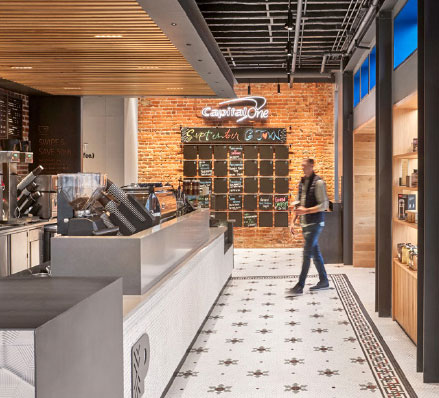A Culture of Safety
At Buch, we always put safety first. We have built a robust and well-communicated safety culture, focused on leading indicators and preventative measures, and reinforced by continuous education and training. We ensure the safety of our employees and subcontractors by employing industry best practices and maintaining optimal jobsite conditions.
That’s how we get everyone home safe, every day.
“Safety is our highest priority—and at the core of everything we do.”
Safety in Numbers
0
OSHA Safety Violations
since 2014
0.57
Our 2024 Experience
Modification Rate (EMR)
0
Total Recordable Incidents
Rate since 2019

